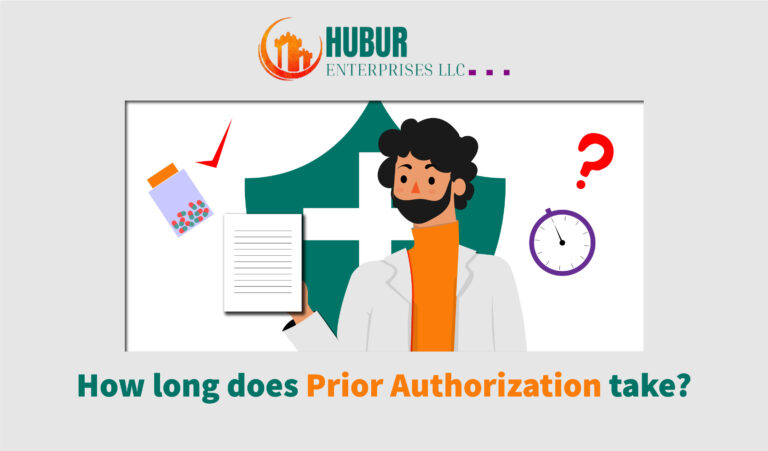
CO45 Denial Code Reason: An In-Depth Analysis
In the world of medical billing, understanding denial codes is crucial for maintaining smooth operations and ensuring timely reimbursements. Among so many denial codes, CO 45 denial code reason is one of the most commonly encountered ones.
This particular code indicates that the charge exceeds the allowable amount as per the payer’s contracted rates. But what does this mean for your practice?
Let’s take a deep dive into the CO45 denial code and its implications for your billing processes.
What is the CO45 Denial Code?
The CO 45 denial code reflects a contractual adjustment insurance issue, meaning that part of the claim is denied because the charge exceeds the payer’s contracted rate for the service. Essentially, this is a contractual allowance adjustment that adjusts the amount that can be paid for the service, aligning with the agreed rates between the provider and the payer.
For instance, if you bill $150 for a procedure, but the payer’s contracted rate is $100, the remaining $50 is adjusted off with the CO-45 denial code. This adjustment does not imply that the service is entirely denied; rather, the excess charge above the contracted amount will not be paid.
This is a common occurrence in claim adjustment reason codes and often accompanies remarks like the CO 45 remark code or condition code 45.
Navigating CO 45 Denial Code: The Essentials
CO 45 is an expected adjustment and it is essential to recognize this when handling a CO 45 adjustment code. Denials like denial code CO 45 are part of routine billing processes, especially when dealing with payer contracts. However, it can still cause confusion, especially for new billing staff or practices that lack experienced billers.
Sometimes, you may come across similar codes, such as PR 45 denial code description. This represents the patient’s responsibility for any charges not covered by the insurer, adding another layer of complexity to the process. Handling these adjustments efficiently can prevent delays in payment and ensure the practice receives the contracted amount.
Addressing CO45 Denial Code Reasons
To effectively manage the CO45 denial code reason, having a clear understanding of the claim adjustment reason codes and adjustment reason codes Medicare is essential. This code can be confusing, especially when dealing with complex claims or entity code medical billing scenarios.
One common issue is that a portion of the claim may be denied, resulting in confusion over how much the patient or insurer owes. These kinds of situations often require careful review to avoid errors or misunderstandings.
In some cases, the CO 97 denial reason may also come into play, indicating that a claim was denied because the payer considers the service or procedure not covered. This can happen with CO 97 denial code solution, which requires proper documentation and submission of additional information to rectify.
Why Do Denials Like CO 45 Occur?
Denials like CO45 reason code happen because of payer-specific contracts that dictate reimbursement limits. Every insurer sets allowable amounts, so the excess amount gets adjusted off. CO45 denial code is also referred to as contractual adjustment insurance.
It’s also important to note that exceed charge denials can occur in situations where the billing amount is higher than what is permitted under the payer contract.
Furthermore, denial codes such as denial code OA 23 or decline code 46 represent different adjustments and denials based on various reasons, such as non-covered services or contractual agreements. Knowing and understanding what role entity code plays in medical billing is crucial because sometimes, the entity code on claim is responsible for specific issues related to the billed amount.
Examples of Denials and Responsibility
An example of denial of responsibility would be when a portion of the claim is denied due to exceeding allowable charges, and the remainder is billed to the patient. This creates a situation where the patient is responsible for the balance not covered by insurance. Such cases require clear communication between the provider, insurer, and patient to avoid misunderstandings.
If you’re struggling with handling denials or adjustments, reach out to Hubur Enterprises LLC. With years of experience in medical billing and workers’ compensation, Hubur has the tools and expertise to streamline your billing processes, ensuring that denial codes such as CO45, CO 97, and N425 denial code are handled effectively.
Final Words: Mastering the CO45 Denial Code
In conclusion, understanding the CO45 denial code reason is essential for healthcare providers. By comprehending how denial code CO 45 and related adjustments work, your practice can minimize confusion, avoid payment delays, and maintain smooth billing operations.
Whether it’s CO45 denial code or contractual adjustment insurance, staying informed about these codes is critical for success in medical billing.
FAQs about CO45 Denial Code Reason
What should I do if the CO 45 denial code frequently appears on my claims?
If you are seeing the CO 45 denial code frequently, review your contracts with payers to ensure that your billing practices align with their allowed amounts. Regularly auditing your billing processes can help reduce these denials.
Can CO 45 denials be appealed?
Typically, CO 45 denials are not appealed, as they are part of contractual agreements between the provider and payer. However, if there’s a mistake in the payer’s calculation, an appeal may be necessary to correct the payment.
What is the difference between CO 45 and PR 45 denial codes?
The CO 45 denial code indicates a contractual adjustment that the payer won’t cover due to exceeding the allowed amount. The PR 45 denial code description relates to the patient’s responsibility, where the patient owes the amount that exceeds the coverage.
What does denial code CO 45 mean for the provider?
The denial code CO 45 means that the provider has billed an amount higher than the allowed amount per their contract with the payer.



